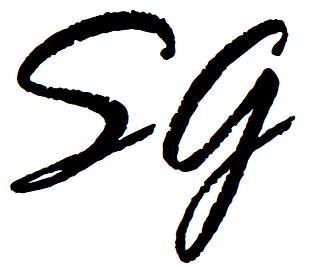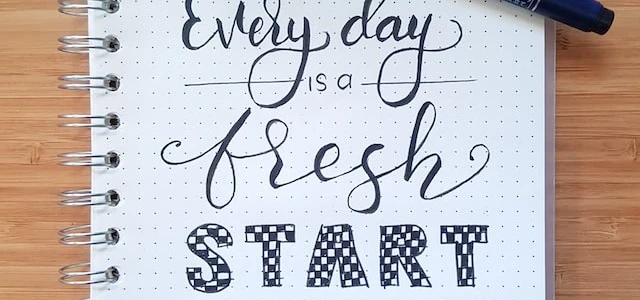Step ten in Alcoholics Anonymous is the first of the maintenance steps of the program. It says:
“We continued to take personal inventory and when we were wrong promptly admitted it.”
Steps four through nine allow us to see the truth about our past behavior and how we have treated others. With that new awareness under our belts, we’re able to see what is going on with ourselves with clarity. Step ten aims to show us that we can control our actions and that we’ve learned the coping and life skills that we need to deal with negative emotions in a positive way. The important thing about step ten is that we are willing to release dishonesty, selfishness, resentment, and fear at the time we feel them. In addition, this step teaches us to put into practice spiritual principles like maintenance, vigilance, and perseverance.
Working Step 10 of Alcoholics Anonymous
Like step four, step ten requires that we take a personal inventory. That means taking note of emotional disturbances that could lead us back to drinking or using and then making an immediate response. Working step ten involves taking a daily inventory by setting aside some time daily to review our actions from the day. It means that we ask ourselves important questions. During the day, were you resentful, dishonest, or afraid? Do you owe someone an apology for something you said or did that day? How could you have handled the situation differently?
Over the years, I’ve worked step ten in various ways. I’ve used worksheets (you can find so many different ones online), apps on my phone, notebooks, phone calls to sponsors, and just doing it in my head before I go to sleep. I’ve found what works better for me is to review the previous day first thing in the morning. That way, I don’t risk falling asleep before I’ve thought about it. Honestly, I don’t think it matters how you do it as long as you do it. It’s important to talk with your sponsor and come up with a way that works for you.
My sponsor likes for me (and her other sponsees) to use a list of questions that we lovingly, affectionately, realistically call The Dreaded Ten. When there is a situation in which I need to look closer at my feelings and behavior, I write my answers to the ten questions and review them with my sponsor.
Here are The Dreaded Ten questions:
- Which basic instincts (social, security, sex, parental, etc.) are threatened?
- Which character defects/behaviors am I acting in as a result?
- What part did self-centered fear play in activating them?
- What was my part?
- How did I set the ball rolling?
- How did I make decisions based on self that placed me in a position to be hurt?
- What are my fears?
- What is at the root of them?
- What have I learned?
- What will I do differently going forward?
What I love (and hate, sometimes) is that these questions require that I look deeper at my actions and figure out what is at their root. Sometimes, I need help from my sponsor to see exactly what’s going on, but it always gives me an opportunity to increase my self-awareness and work on my character defects. I guarantee that when you answer those questions honestly, there is no way to ignore what your part in the situation is.
The longer I’ve been in recovery, the easier it’s gotten to take personal inventories for step four and the daily reviews of step ten. The beauty of step ten is that the longer I do it, the quicker I notice when I’m headed in the wrong direction by engaging in a behavior that will cause harm, and I’m able to correct it right away. Practicing step ten is one of the ways that helps me gauge my relationship with others, my personal growth, and my progress in recovery.
How do you practice step ten? I’d love to hear other thoughts and ideas in the comments below.


Great post!
Thank you!